I’m in the cockpit gazing longingly over at Gili Trawangan. The boat is gently rocking through the swell that’s coming in from the north. We just arrived back on Red Dragonfly after a few hours spent walking around the eastern tip of the island, an area we hadn’t explored yet. The twins are inside playing, Markito is doing some activities on Mathletics. They’ve all got their swimming gear on and I’m supposed to be getting changed. Simon joins me in the cockpit with a big bottle of cold water.
Simon – “So what do you reckon?”
Me – “Argh. I’m frustrated. Just give me a minute”
Simon – “Yeah sure. Are you ok honey?”
Me – “Yeah. I’m just reconciling what I want to happen next and what I know is going to happen next. We’re going to have to go, aren’t we?
Simon – “Yeah, I think so.”
Me – “Ok. I’m disappointed. I really wanted to go snorkeling this arvo, and we promised the kids. *sigh* Alright, I’m ok now. Let’s do it. Back to Pamenang. At least we’ll get a good night’s sleep tonight.”
Simon goes inside and starts the engine. I walk up to the bow and release the mooring ropes.
This is the life of a sailor. The wind, the swell, the tides, the storms, technical problems and of course some human meddling dictate our decisions. Wall calendars have no value here. Plans can and must change at a moments notice. It’s an extraordinary life that is teaching me non-attachment in practice, not theory.
Before I moved aboard Red Dragonfly last year I had a minimal understanding of sailing. Juggling the kazillion things we had to get done to make it all happen meant I didn’t have much headspace left for in-depth study about life on board a yacht. I did, however, have a person around who has sailing experience. Many of my conversations with Simon in the months leading up to our departure started with questions like, ‘what happens if….’ and ‘describe to me what it’s like when….’. But, of course, it wasn’t until I was experiencing life aboard firsthand that I really understand what Simon was describing during those chats.
It’s hard to explain to people who have never lived aboard how difficult it is to commit to something like: I’ll meet you at [insert location] on [insert date]. I didn’t understand this properly until we were several months into our trip last year. Now I definitely get it though. We have an overarching idea of where we are going, along with a general timeframe, but we must have a very casual relationship with any further level of detail. Let’s say we never write our plans in pen, always in pencil with a rubber handy.
The last two weeks since we left Gili Gede have epitomized this aspect of the cruising lifestyle. We thought we were going to leave the marina at Gili Gede and start heading straight for Labuan Bajo in Flores, stopping at Banta Island along the way. Well. That didn’t happen. That’s ok. This is what happened instead:
7 June – Sail from Gili Gede (South Lombok) up to Gili Air (North Lombok).
8 June – Wake up to find our water tanks empty. Uh oh. We had filled our 4 x 250litre water tanks and forgotten that one of the tanks has a leak. We can’t sail east today like we’d planned. We go to Pamenang, North Lombok instead and pick up a mooring. Markito and I go to immigration to start our visa extension process. We find out that the office will be closed for 2 weeks over Idul Fitri. No worries! We can change our plans.
9 June – We meet a lovely family who run a small shop on the main street near the anchorage. We buy 33 x large bottles (=20 litres each) of water from them and fill up 3 of our tanks, shutting off the leaky one.
10 June – We sail back to Gili Air and spend a few days exploring.
14 June – There is strong wind forecast so we leave Gili Air and go back to the protected mooring at Pamenang. Winds get up to 30 knots overnight. Good decision.
15 June – Winds have dropped, we sail to Gili Trawangan for the first time. Pick up a mooring on the southeastern side of the island. We hop in the dinghy and have a look around. Then decide this mooring location isn’t for us, and head to another spot on the other side of the jetty. We stay at this spot for 2 nights.
17 June – Wind has picked up and there is a big swell coming in from the north. Didn’t get any sleep last night. Leave this mooring in search of a more protected place. Go back to the original mooring we stopped at. Stay 1 night there but the currents are really weird and we don’t feel settled there.
18 June – Need to move so in the morning we sail to Gili Meno and pick up a mooring there. Spend the day on Gili Meno. By the time we get back to Red Dragonfly in the afternoon the anchorage is really rolly. Time to go. Return to Gili Air where it’s calm. Phew.
19 June – Southerly wind is forecast which is no good for the anchorage at Gili Air so we return to Pamenang where we’ll be protected from the winds.
20 June – Go back to Gili Meno as we loved it there, but a local boat owner says we can’t use the mooring so we have to leave. Spend the day at Gili Trawangan but can’t stay the night there because of the swell. Return to Pamenang.
21 June – Fill up our water tanks again from our friend’s shop in Pamenang. Another 32 x large bottles (approx. 640 litres).
22 June – We get our passports and visa extensions from immigration!! Woohoo!
All of this moving around has been great for Simon and I to practice approaching and picking up moorings. And we’ve had a fantastic time exploring the Gili Islands of course. As I get more and more into the groove of letting the weather dictate our next move, I’m able to predict the decision Simon is going to make before he comes to speak to me about it. Acknowledging the disappointment and then dropping it quickly and moving on is becoming our norm. The best part of this is seeing the kids indirectly learning it too.
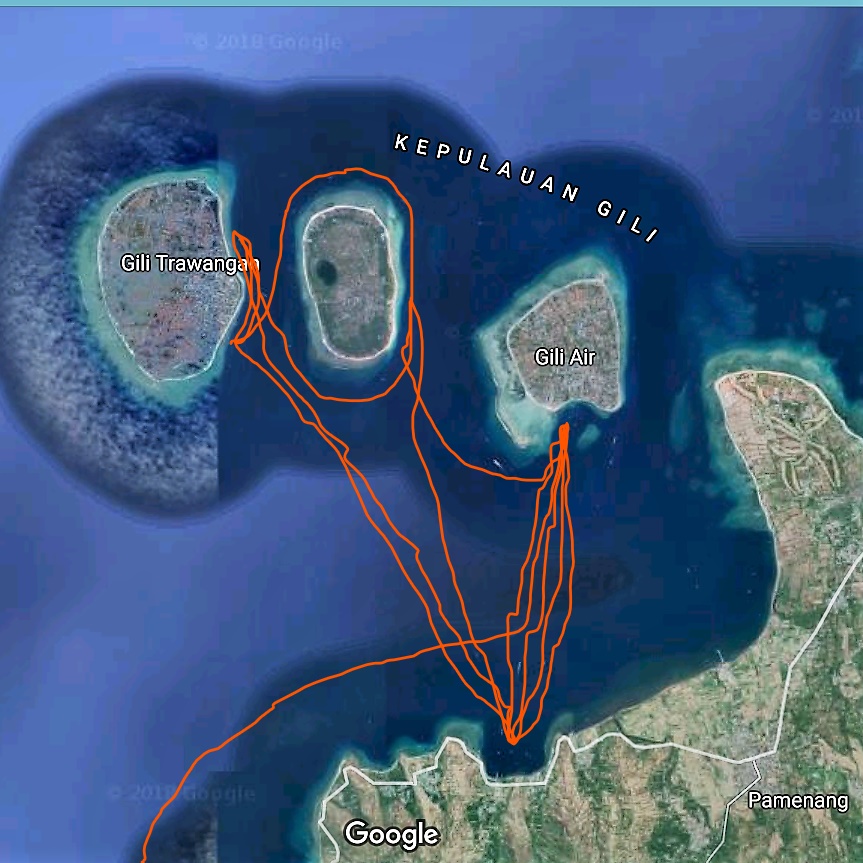
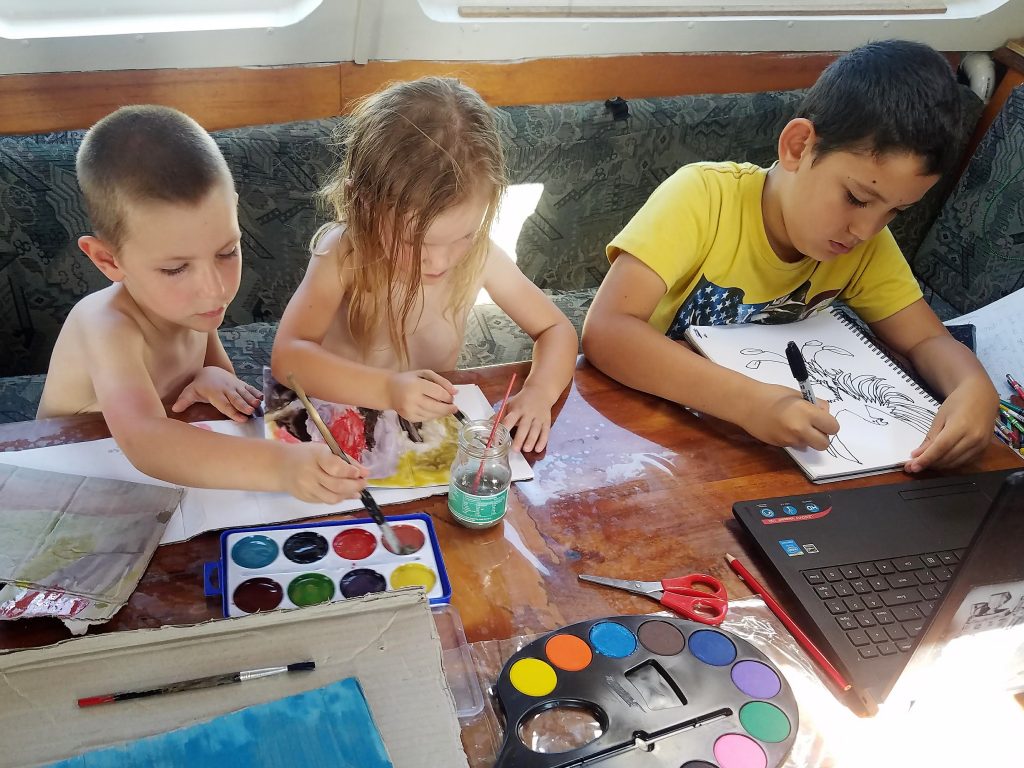
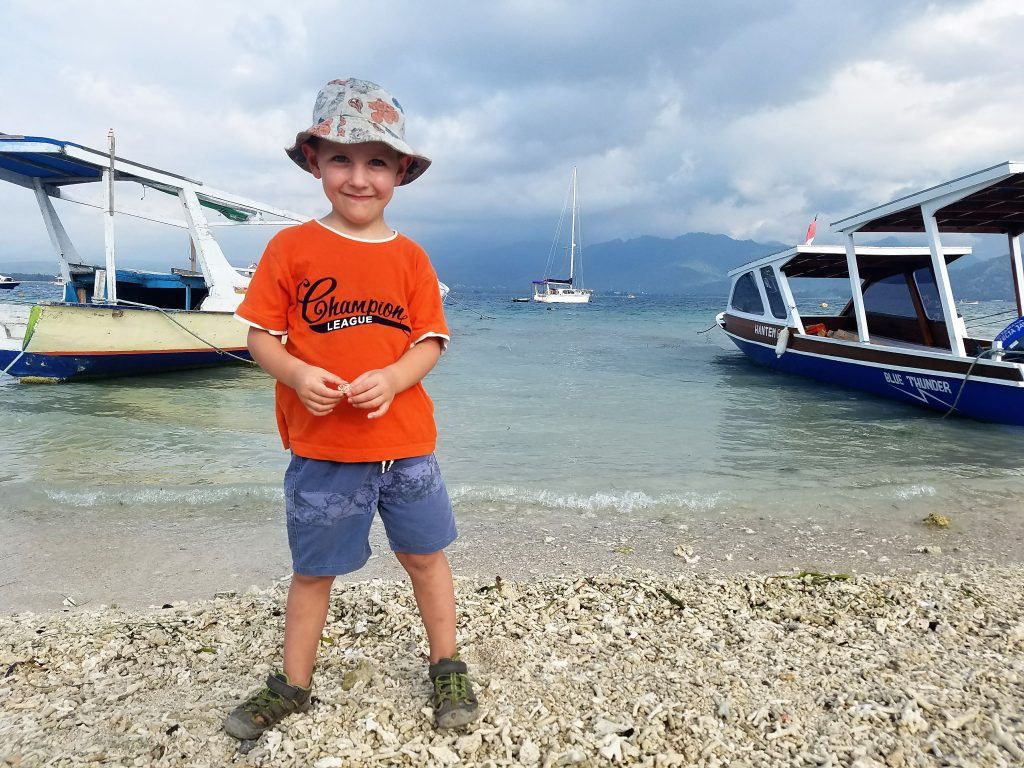
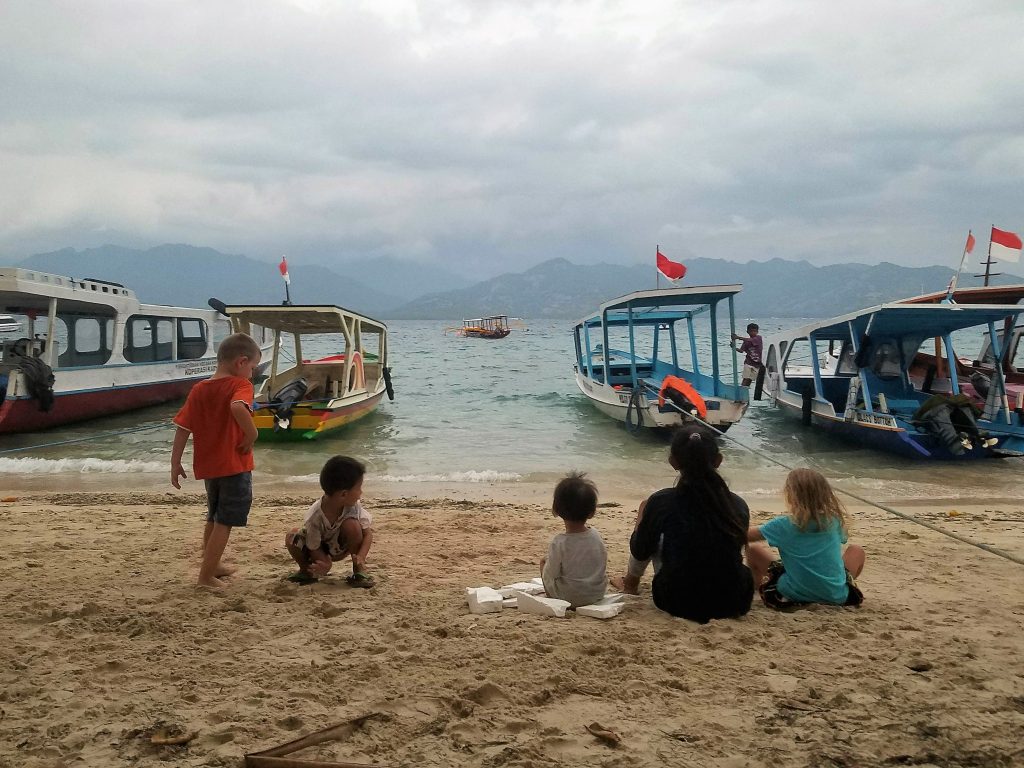
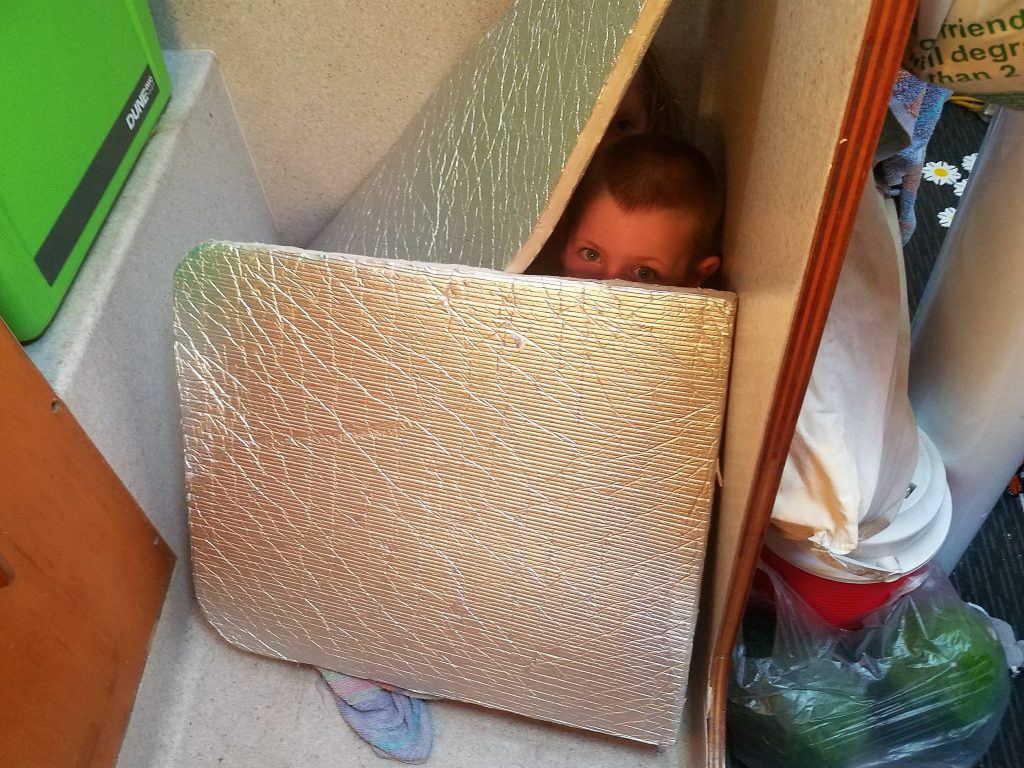
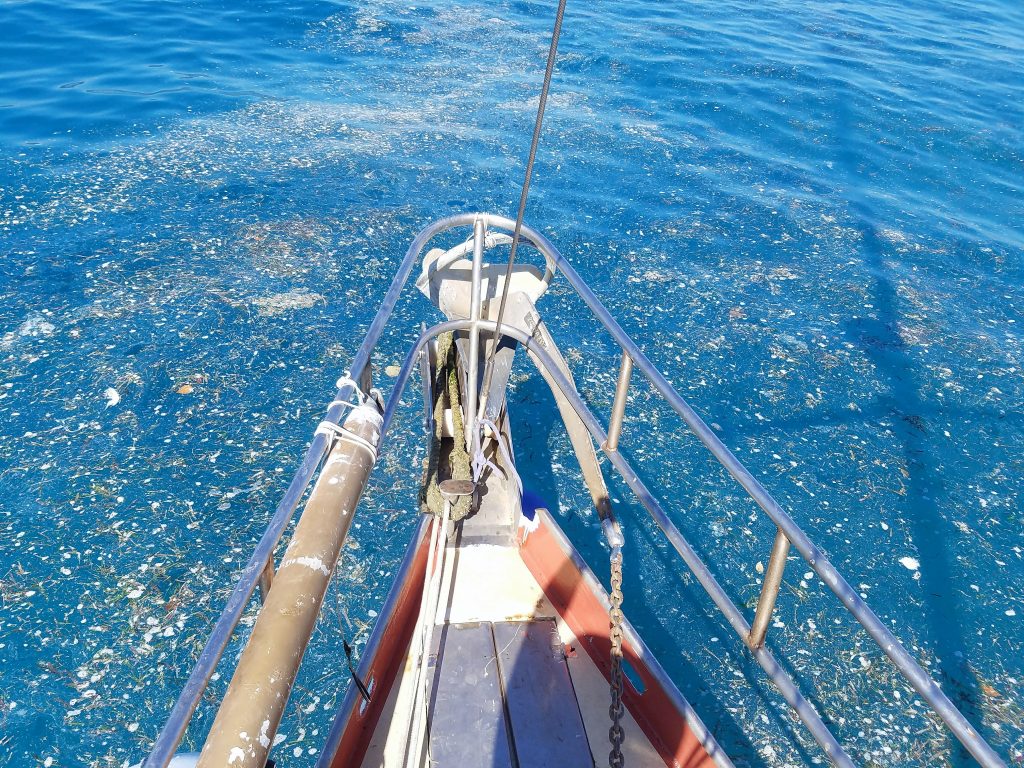
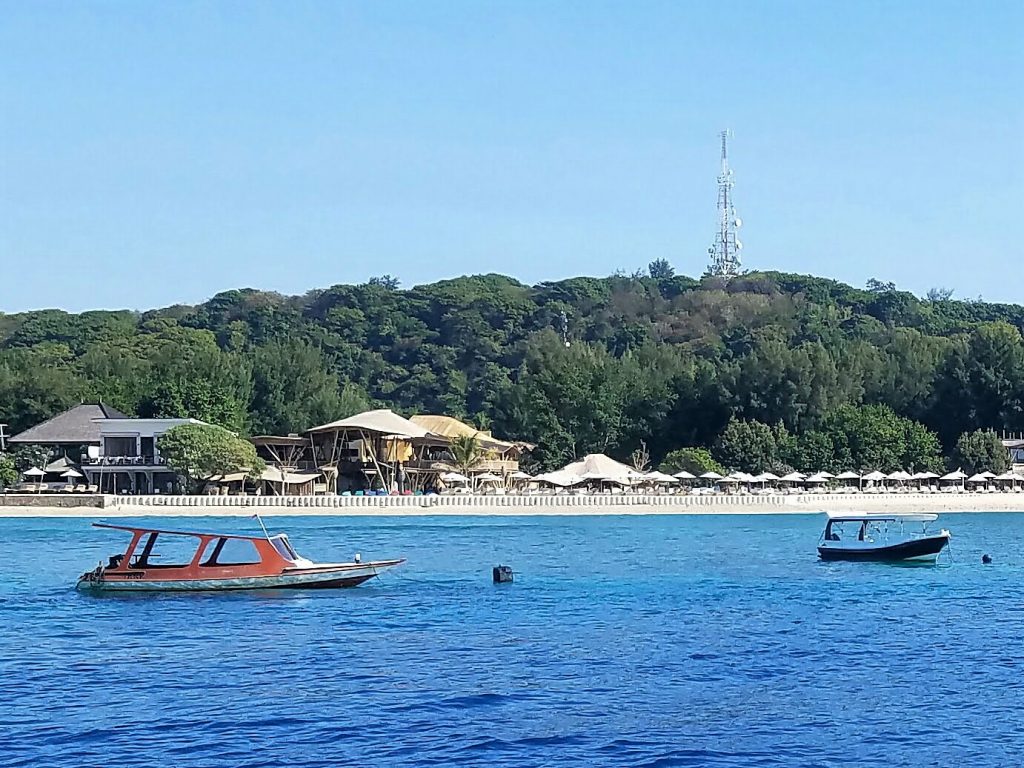
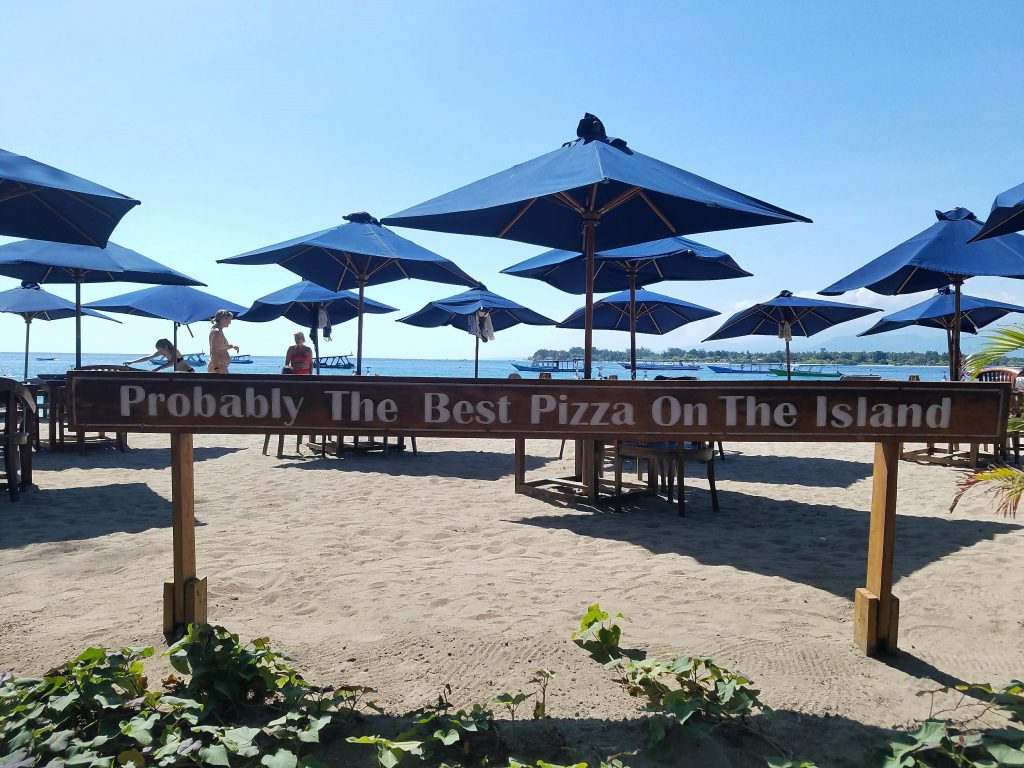
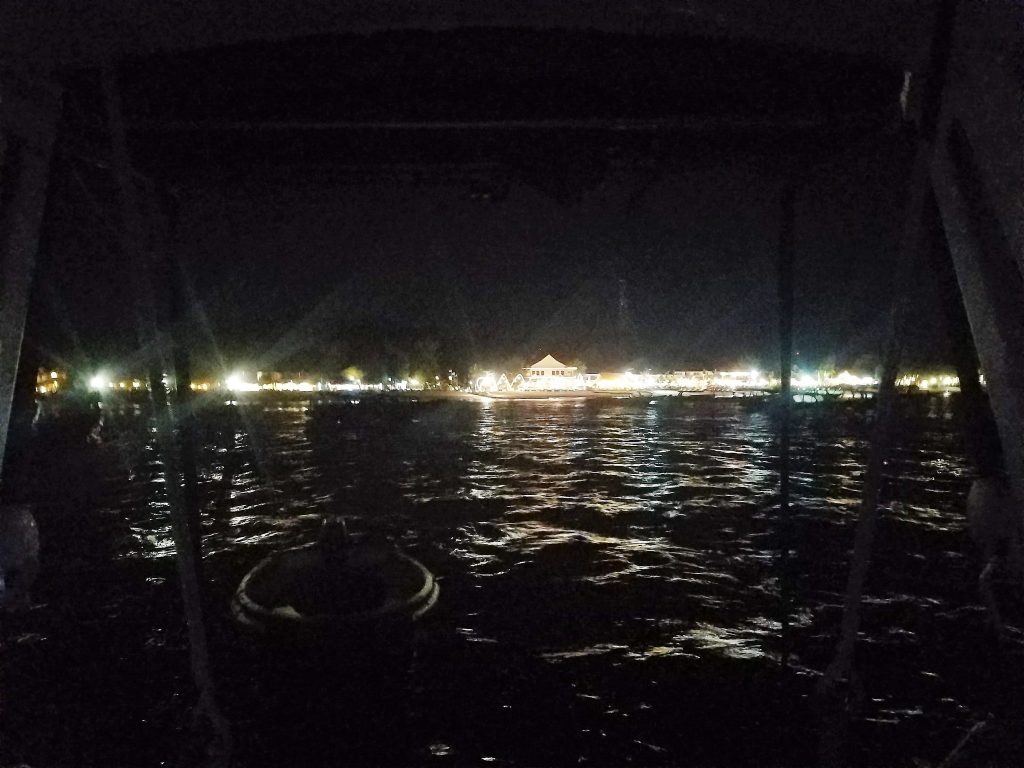


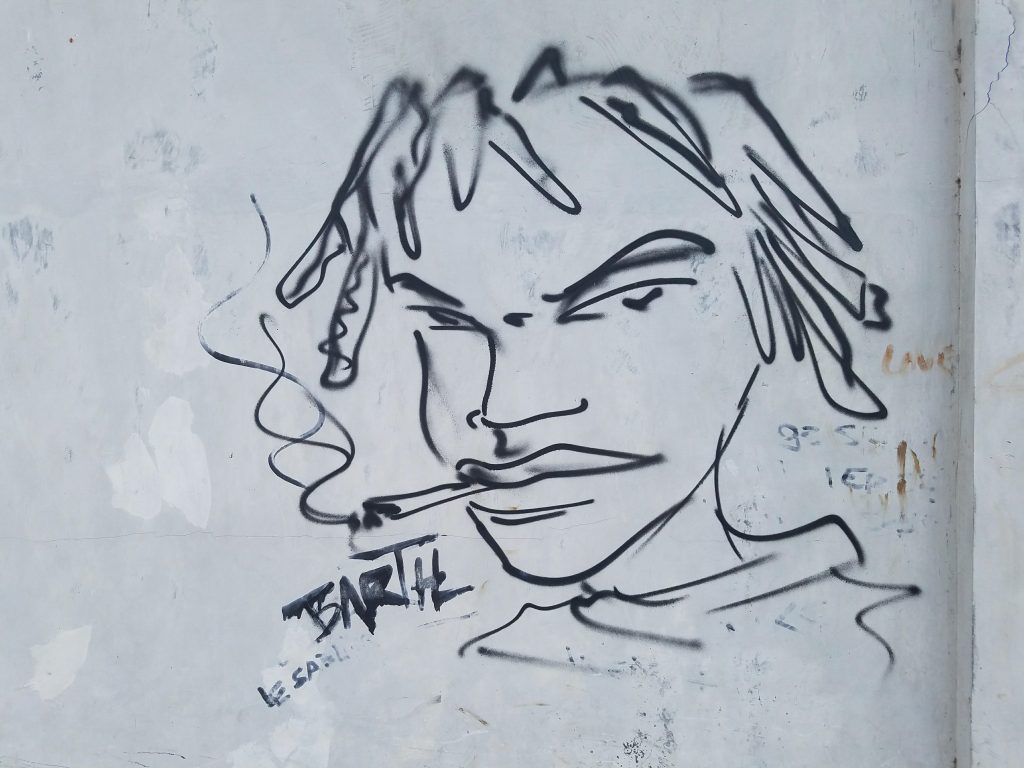
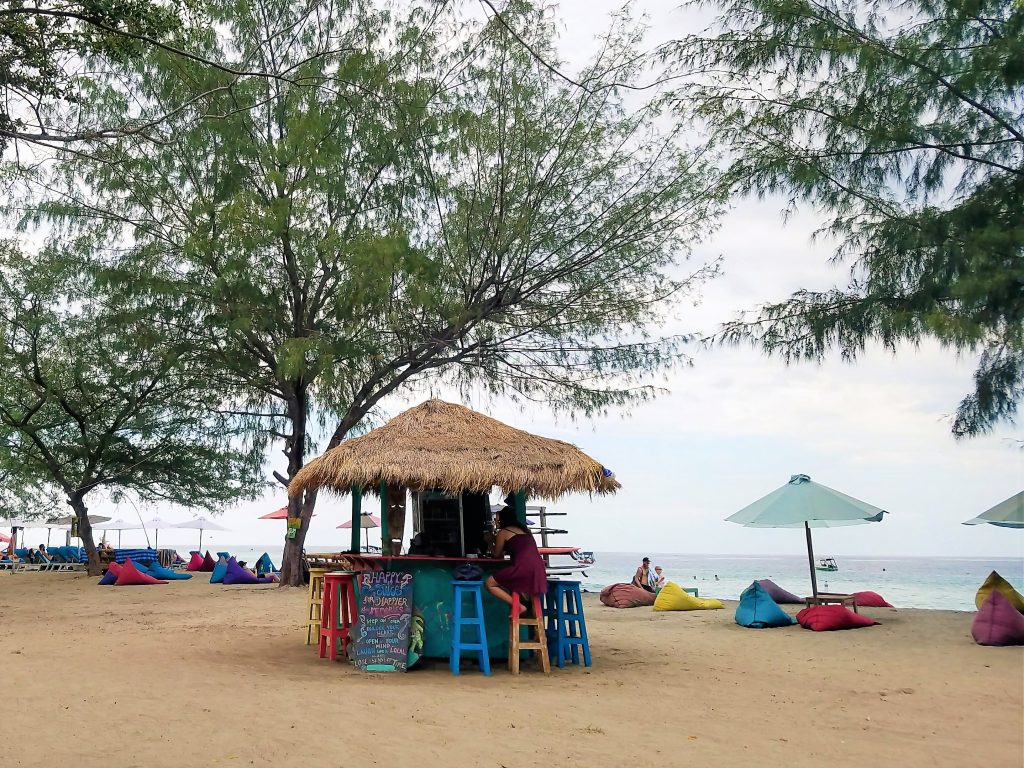

Comments are closed.